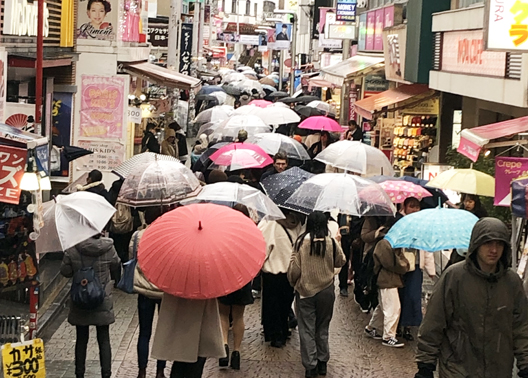IoT forecast to grow in retail at 17.5% CAGR
- August 6, 2020
- Steve Rogerson

The IoT in retail market is projected to reach $28.9bn by 2026, according to Valuates Reports.
The IoT offers retailers opportunities for the development of an ecosystem that connects the physical and digital world. The retail industry has witnessed a wide use of connected products with the IoT changing the retail market and providing massive growth. By integrating IoT into retail, companies can improve their customer base and gain significant market revenues, says the report.
The global IoT in retail market size is forecast to reach $28.9bn by 2026, up from $11bn in 2019, at a CAGR of 17.5% from 2020 to 2026.
The IoT is required in different processes, including customer preferences research, mobile purchasing of goods, inventory monitoring and a smooth supply chain management system implementation. Furthermore, by using technologies such as RFID and GPS sensors, key players in retail analytics can obtain precise data such as a product’s storage temperature or transit time.
Major factors that are expected to drive the growth of IoT in retail include steadily declining IoT-based sensor and connectivity prices, increased acceptance of smart payment products and consumer demand for a seamless shopping experience.
The use of IoT in predictive equipment maintenance by retailers is expected to increase the market size. Warehouses will often experience equipment failure or fault detection issues. Cooling systems specifically used for cold storage purposes are now equipped with sensors that aid in the retail analytics of the products.
Since every product undergoes a long value chain journey, it is important to keep track of where it stands. The IoT has made it easier to know exactly how near or far the product is from its destination store with sensors and GPS technology. This use of IoT in smart transportation is expected to increase its use in retail.
The declining cost of sensors worldwide helps businesses deploy them in even smaller web-based products and, in turn, increases the use of IoT in retail. In enhanced devices, the main function of these modules is to collect the surrounding information and forward it to management systems.
A high growth is anticipated for the IoT in retail due to the growing use of analytics tools to track customer behaviour. In addition, machine learning and artificial intelligence technologies are changing the retail scenario as they provide better insights. Retailers can forecast consumer behaviour, anticipate competition and personalise the customer experience.
A major factor that is expected to limit growth is the lack of knowledge and awareness among retailers in small and technologically backward economies. In these nations, shop owners and supermarkets are unaware of the advantages of internet-based technology and have limited investment capabilities.
It is expected that Bluetooth Low Energy will see the highest growth over the forecast period as this technology is gaining popularity in pre-tailing, payments and post-payment operations.
By platform, due to the growing use of IoT-based endpoints and applications, device management platforms are expected to have the largest IoT in retail market share.
Over the forecast period, APAC is projected to have the highest growth potential. This rise can be attributed to on-going smart city projects and the region’s fast-declining sensor costs. China’s adoption of IoT technologies is enormous, and India is showing significant growth.





